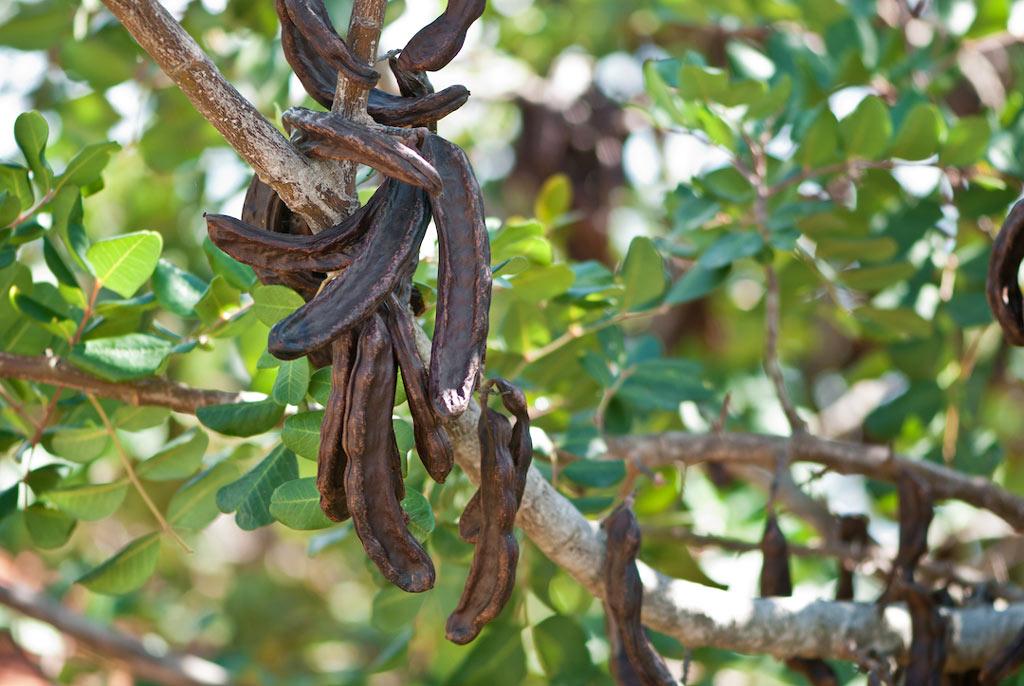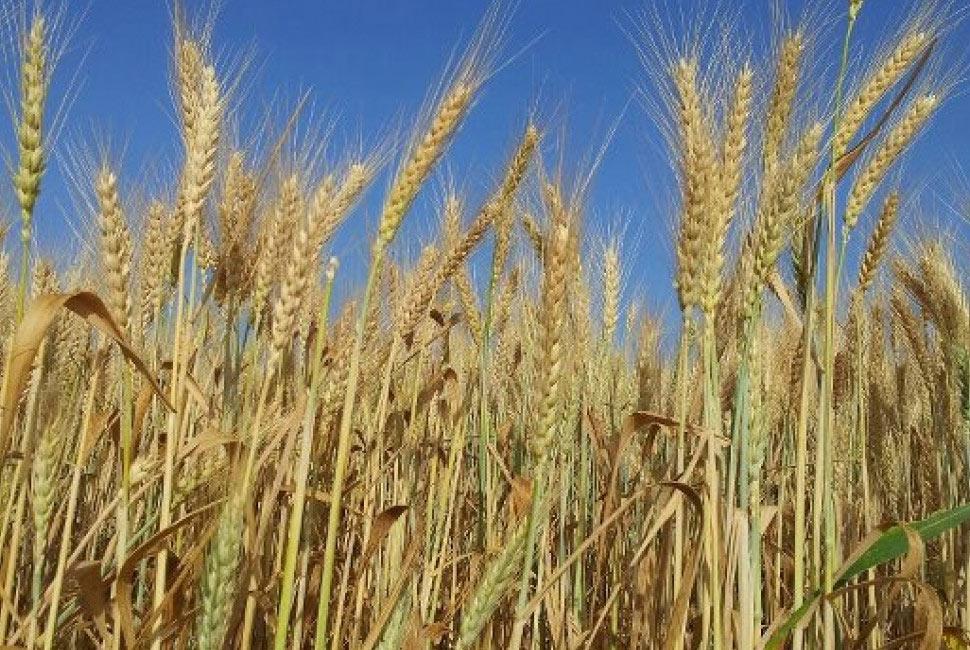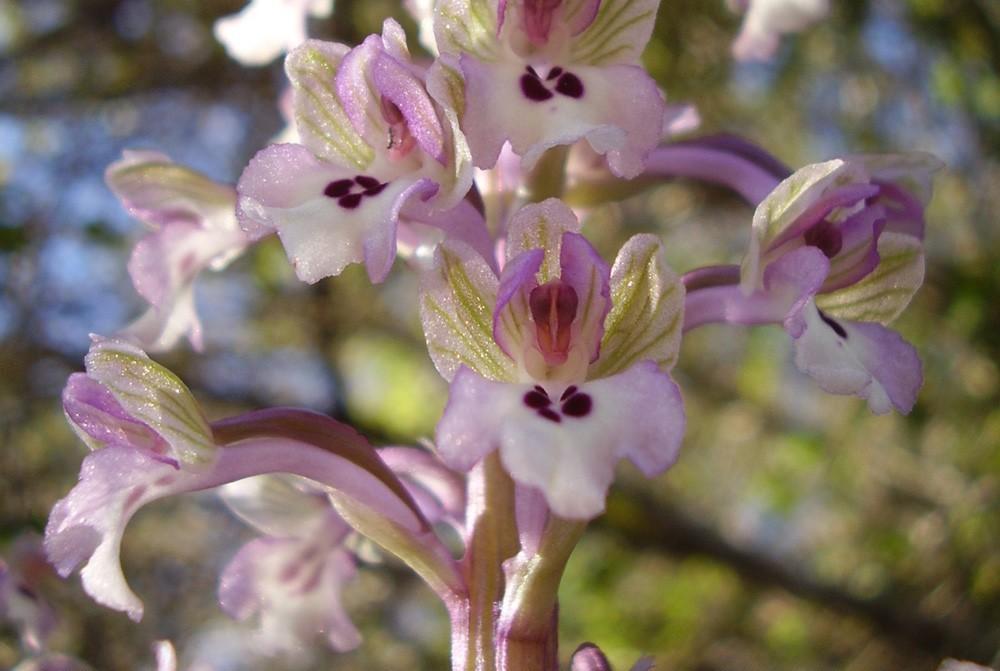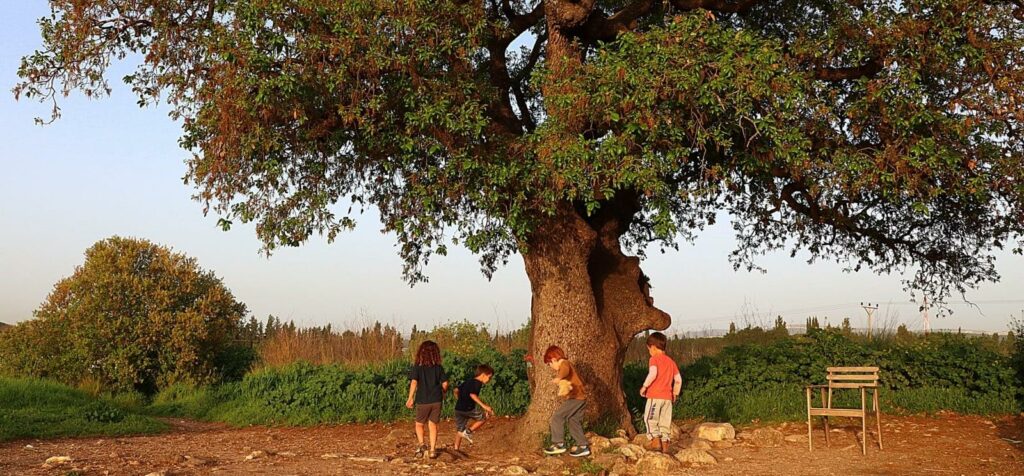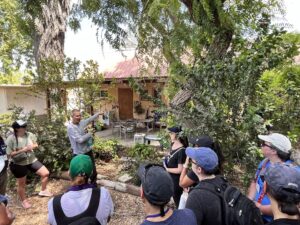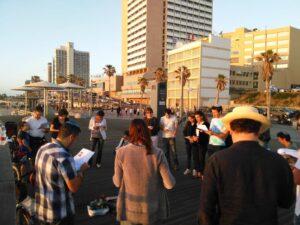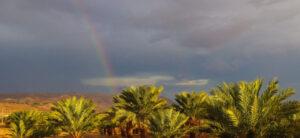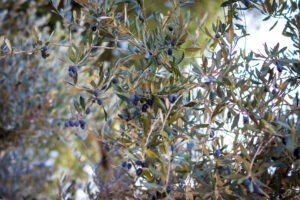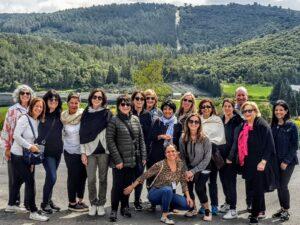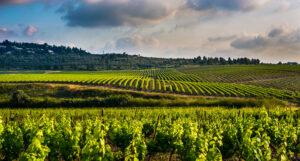Many Israeli traditions and customs are strongly tied to the land and the fruit it bears.
Tu B’Shevat, or Israeli Arbor Day, is celebrated each year in late winter. Trees are usually planted on this holiday. However, as this is a Shmita year (occurs every seven years), requiring the soil and land to rest for an entire year, the planting of new crops, plants, or trees is not allowed.
So instead of planting, let’s get to know some of the most special plants and trees in Israel, and learn the fascinating stories behind them.
Carob tree guarding the cave of Rabbi Shimon bar Yochai
In Israel, trees that grow in sacred places take on the same sacred status. It is forbidden to trim, damage, or cut them down, so they are often very old and very well-preserved.
One such tree is the carob tree that grows at the entrance to a natural cave in the north of Israel. It was here that Rabbi Shimon bar Yochai hid, with his son, from the Romans. It was during these 13 years in hiding that Rabbi Shimon wrote the mystical commentary on the Torah, the Zohar. The carob tree miraculously grew there, providing food for father and son throughout their stay. Carob pods are rich in sugar and are known to be similar in taste to cocoa. Carob is also considered a famine food as the strong tree can survive periods of scarcity while still providing fruit.
Where: Near Pki’in, a village in the Northern Galilee
When: All year round. Carob fruit ripens in August
Wild Emmer – Mother of Wheat
Wild Emmer – AKA Mother of Wheat – was discovered by Aaron Aaronsohn during a field trip to Mount Hermon in 1906. His quest to develop agriculture in Israel during a time when Ottoman’s controlled the land, was sponsored by Baron Edmond de Rothschild, and led to the discovery and innovative approach to combine cultured plants with their ancient ancestors to create a more durable plant. This is now a leading approach in agriculture around the world today.
Where: Most fields are located in the north eastern part of Israel, such as Rosh Pina. In the southern part of the Carmel Mountains, fields were discovered by Aaron’s sister, Rivka, in 1920. Most recently, in 2006, a surprising discovery was made when a field was found in the Yatir region, south of Mount Hebron.
When: March-April
Israelitica Orchis – The Painted Orchid
This beautiful and rare orchid is found in only one place in the world – the north of Israel. Unlike most orchids, it blooms from the top down instead of bottom up. Just several hundred of these flowers still exist, making it one of the most protected and endangered plants in Israel.
The Hebrew name for orchid is Sachlav. Sound familiar? It is also the name of a popular middle eastern drink – sachleb. Traditionally produced from crushed bulbs of orchids, sachleb was believed to help alleviate stomach issues. Since the plant is now protected, a commercial version of the bulbs has been developed. Served cold in the summer and hot in the winter, this creamy beverage is usually sprinkled with local spices and flavors such as rose water and pistachios. You can find it in stores and markets across Israel.
Where: These orchids can be seen in the Galilee region, and near Rosh Hanikra at the Liman Nature Reserve
When: February-April
The HaTavor Oak Tree in Karkur
Standing on a small hill near the Mediterranean coastline, this ancient and giant lone oak tree, estimated to be at least 400 years old, is a remnant from an oak forest destroyed by the Ottomans. The internal part of the tree’s huge and hollow trunk contains what has been dubbed the “wishing ear”, into which you climb and whisper your wish. This tree has become famous throughout the local community members who welcome Shabbat under its shade, write poems and songs for and about it, and even dedicated a Facebook page to it (followed by 1,200 fans)!
Where: Karkur – turn east at the end of Barkai Road and continue straight for 300 meters
When: All year round (or any time you need to make a wish)
So wherever in Israel you may be – look around and you will likely find a flower, tree, or plant with a surprising story, or ancient tradition, behind it. After all, this is the land of milk and honey – and apparently unique flora!
Explore our range of tours in Israel which frequently take you off the beaten track to some of Israel’s lesser known gems.



